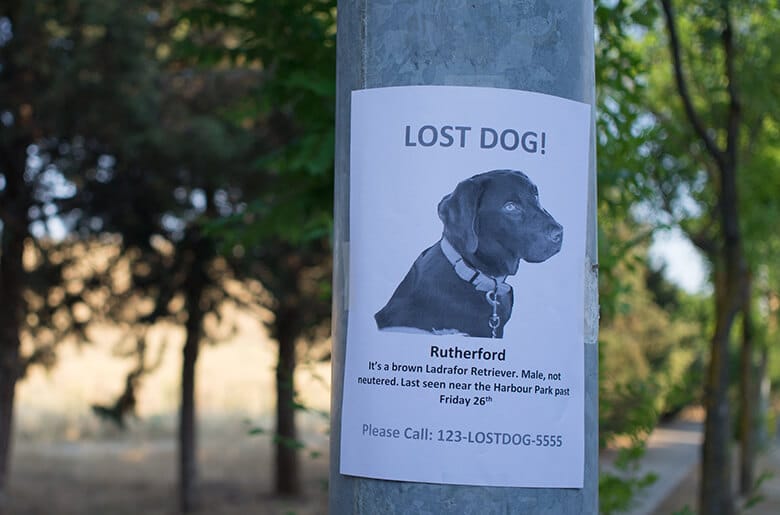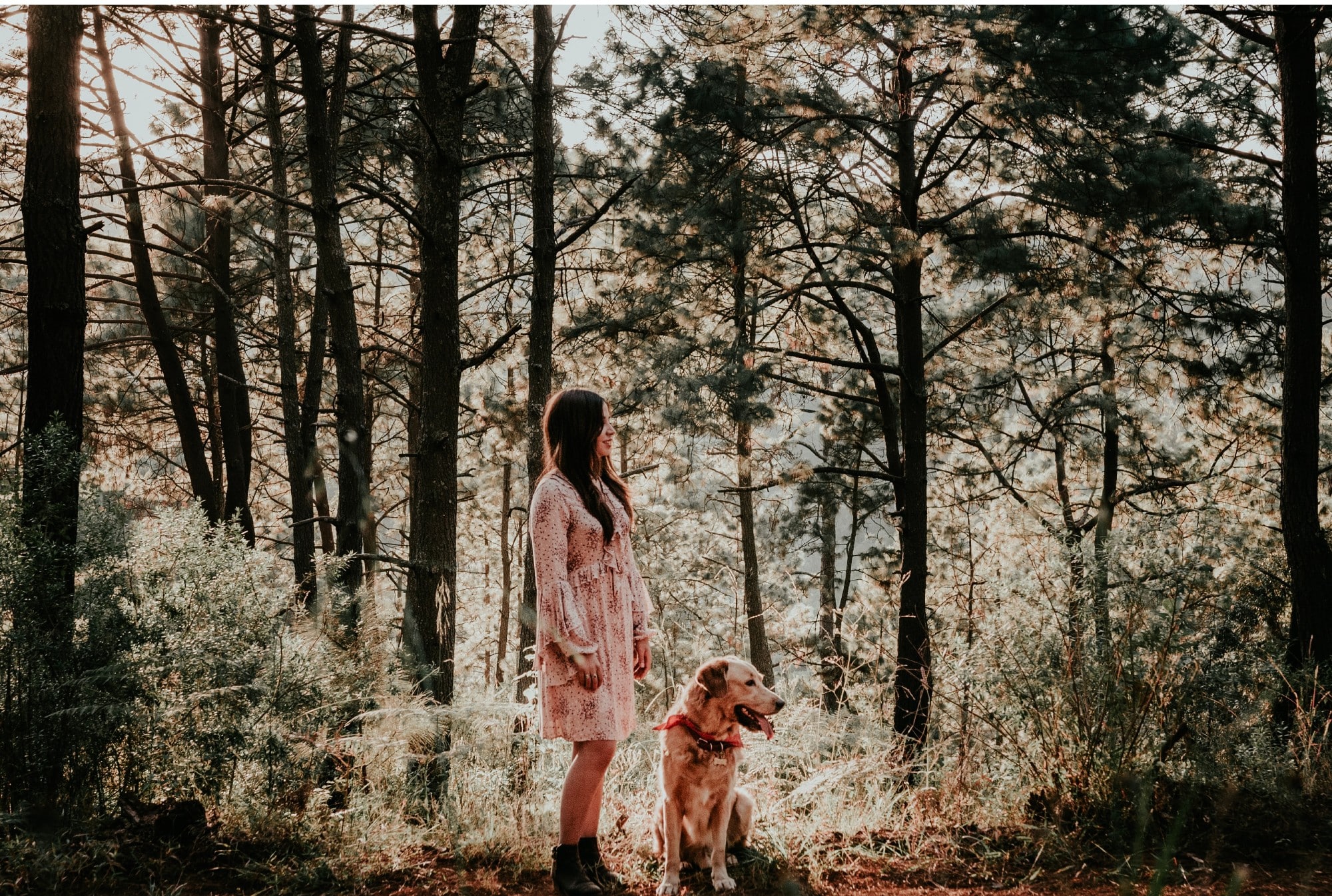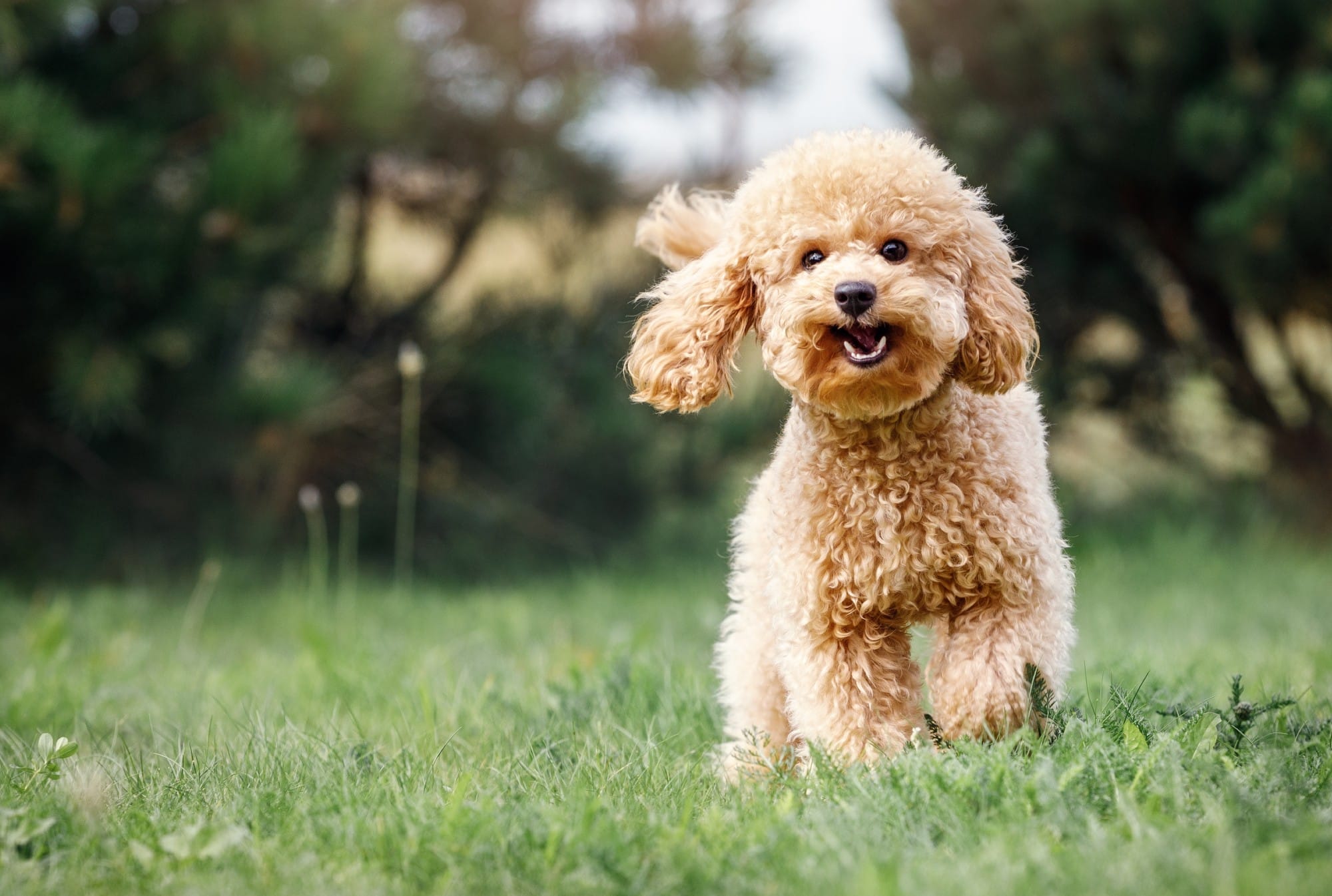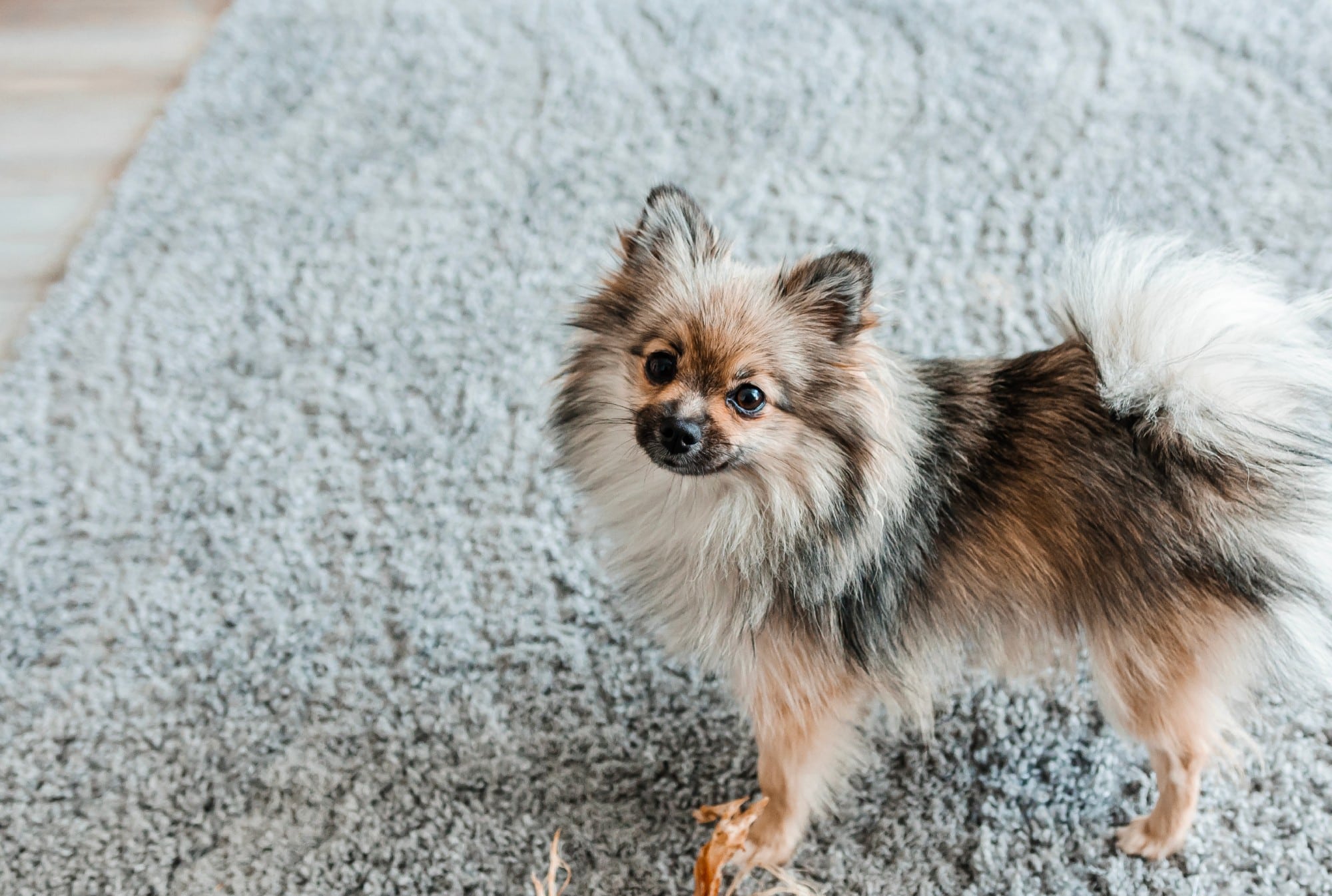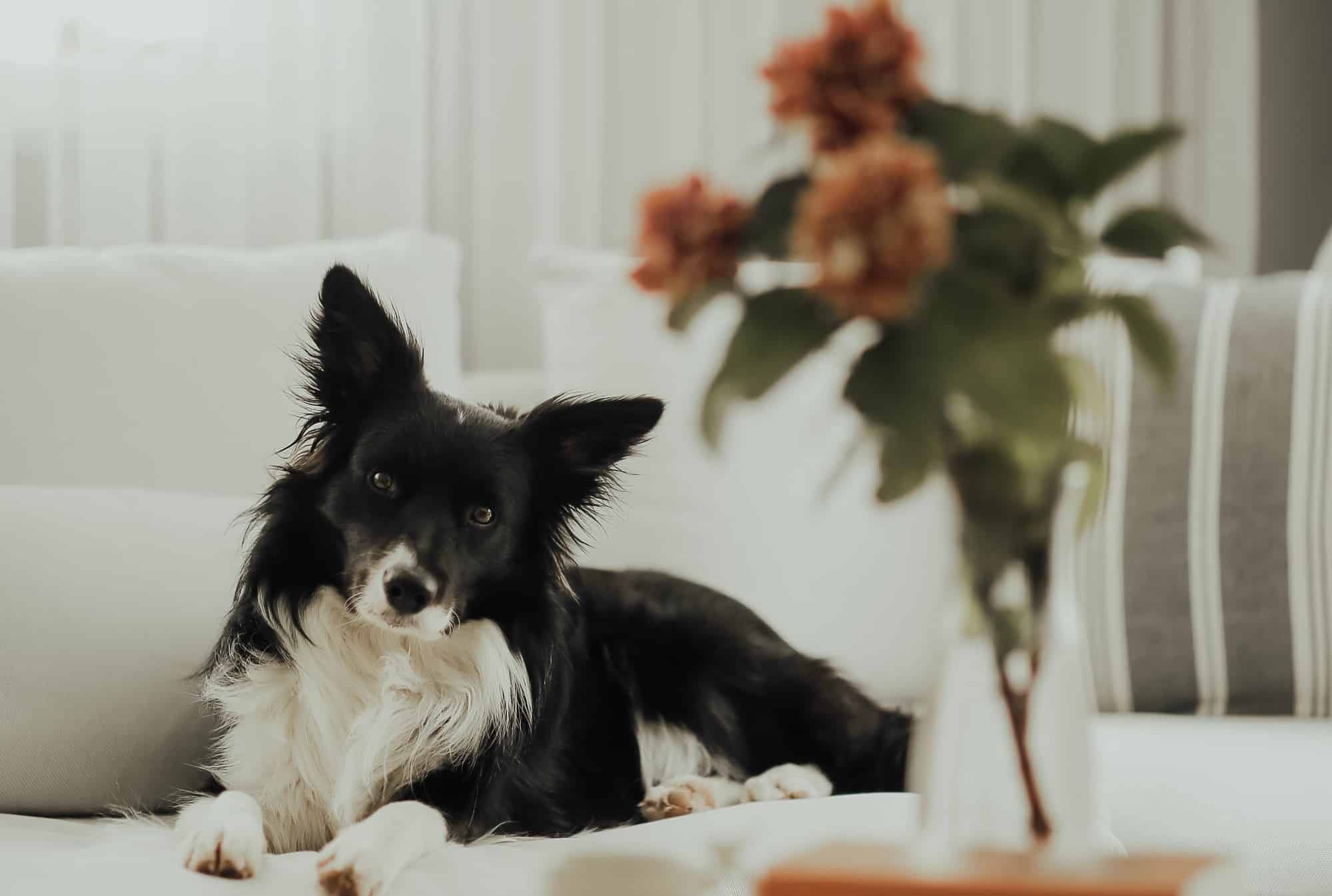If you’ve ever lost your dog, even for a few minutes, you know how terrifying it is. If you didn’t find your dog yourself, you know how much you were relying on someone out there to be a superhero. You know, on a heart-pounding, physical level, how critical it was for anyone finding your dog to know exactly what to do.
Do you know what to do if you find a lost dog?
Let’s define “lost dog” as any dog alone in a community, on a road, under a bridge, in the woods — anywhere — without a human in sight. While there may be a difference in how you approach a stray or feral dog compared to a lost family dog that slipped out of his collar to chase a squirrel, you cannot tell just by looking at the dog if he or she ever belonged to a family. Dogs can survive on their own for a long time, even if they grew up in the lap of luxury — a dog on the street will get mangy and dirty pretty quickly.
Here are a few tips to become a lost dog’s superhero and safely bring that scared dog home.
Related: Preparing for the Worst: How to Prevent Your Dog From Getting Lost and Never Found
Better Safe than Sorry
How to approach a lost dog often depends on where you find him. If you spot a dog that appears to be lost, and you’re in your car, pull your car off the road and park. Make sure to engage the parking break. If you’re on a highway, park on the shoulder of the road if there’s room. A dog running in traffic requires different methods than a dog that’s hiding under a parked car. I recommend always having a travel leash with you, in case you do happen to spot a dog while in a vehicle.
Approach with Caution
A lost dog is a frightened dog, so do not attempt to run after the dog. This is the worst thing to do because a dog can outrun you. If the dog has been running in traffic, you can try opening the car door to see if he’ll come to you.
If the dog is on a city or suburban sidewalk, sitting down will get the dog’s attention. Don’t approach the dog straight on, but sideways, and avoid looking directly into the dog’s eye as this can be construed as aggression. Speak in a soft voice, preferable in a high pitch, or even using a “baby talk” voice, which dogs respond to more than a normal pitch.
Be Patient
Try moving closer very slowly. If the dog responds by growling or barking, sit down again with your body turned slightly to the side. Keep talking to the dog in a reassuring tone. If you have food or treats with you, throw one that will make the dog step forward slightly. If the dog takes the food, throw another piece a little closer. Try to get the dog to come to you.
If you have a leash with you, try to slip it slowly over the dog’s head — but only if you feel confident that the dog won’t bite you. For small dogs, it may be easier to throw a blanket or towel over her body and pick her up.
Related: Smart Dog Houses Will Keep Your Pup Safe While You Run Errands
Check for Identification
If you do get close, and the dog is friendly, check for ID tags. If you get lucky, and there is an ID tag or a collar with the dog’s information, call the number. That includes a phone number for a microchip company. Give the company the microchip number on the tag, and they will either give you the person’s information or take your number and have the owner contact you.
If there is no identification and you manage to put a leash on the dog, get the dog into a crate or covered with a blanket so you can pick her up, bring the dog to a veterinarian, shelter, rescue organization or some form of animal control to be scanned for a microchip.
If the Dog Is Injured
Be extra careful: an injured dog in pain will often bite out of fear. If you can’t get near to an injured dog, call a rescue network, a local shelter or the local animal control authority. Be aware that city shelters are often overwhelmed with dogs, and if the injury repair is expensive, they may euthanize the dog. If you decide to take the dog to your own veterinarian, be prepared to pay for treatment. Rescue networks often have connections with veterinarians and may be a better choice than the city “pound.”
If You Decide to Take the Dog to Your Home
This is most likely a better option than bringing the dog to a high-kill shelter. But if you do bring the dog home, it’s up to you to try to find the dog’s family.
Contact the local animal shelter so they have the dog’s information. Take a picture with your cell phone and send it to the shelter, along with the place that you found the dog and your contact information.
Post the information on social media. File a report on a site like Lost Dogs of America or a local lost and found dogs website. Post a “found dog” flyer around the area where the dog was found. Post notices at your local veterinarian, shelter, animal hospital and even pet food stores.
Don’t just give the dog to anyone who claims that the dog is theirs. Find some identifying mark on the dog or ask them to provide some kind of proof.
If you do decide to bring the dog into your home, you must be prepared to give the dog up if the owner turns up. If you can’t do that, bring the dog to a rescue or a friend accustomed to the foster situation.
Related: After Amazon Driver Steals Dog, Owner Contacts Jeff Bezos to Get Her Back













